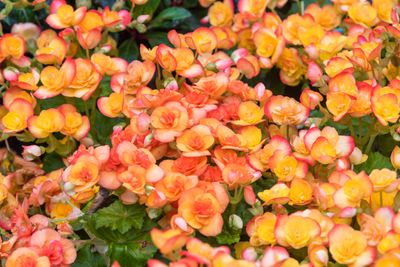About Begonias with Botrytis
Botrytis of begonia is also known as botrytis blight. It is caused by the fungus Botrytis cinerea and is most likely to appear when temperatures dip and moisture levels rise. Begonias with botrytis blight decline rapidly. Tan spots and sometimes water-soaked lesions appear on the foliage and stems of the plant. Cuttings rot at the stem. Established begonia plants rot as well, starting in the crown. Look for dusty gray fungal growth on infected tissue. The Botrytis cinerea fungus lives in plant debris and multiples quickly, especially in cool, high moisture conditions. It feeds on wilting flowers and senescent leaves, and from there, attacks healthy leaves. But begonias with botrytis blight are not the only victims of the fungus. It can also infect other ornamental plants including:
Anemone
Chrysanthemum
Dahlia
Fuchsia
Geranium
Hydrangea
Marigold
Begonia Botrytis Treatment
Treating begonia botrytis begins with taking steps to prevent it from attacking your plants. While it won’t help your begonias with botrytis, it will prevent the disease from passing to other begonia plants. Cultural control starts with removing and destroying all dead, dying or wilting plant parts, including dying flowers and foliage. These dying plant parts attract the fungus, and removing them from the begonia and potting soil surface is a very important step. In addition, it helps keep the fungus away if you increase air flow around the begonias. Don’t get water on the leaves as you are watering and make an attempt to keep the leaves dry. Fortunately for begonias with botrytis, there are chemical controls that can be used to help infected plants. Use a fungicide that is appropriate for begonias every week or so. Alternate fungicides to prevent fungi from building up resistance. You can also use biological control as begonia botrytis treatment. Botrytis of begonia was reduced when Trichoderma harzianum 382 was added into a sphagnum peat potting media.
